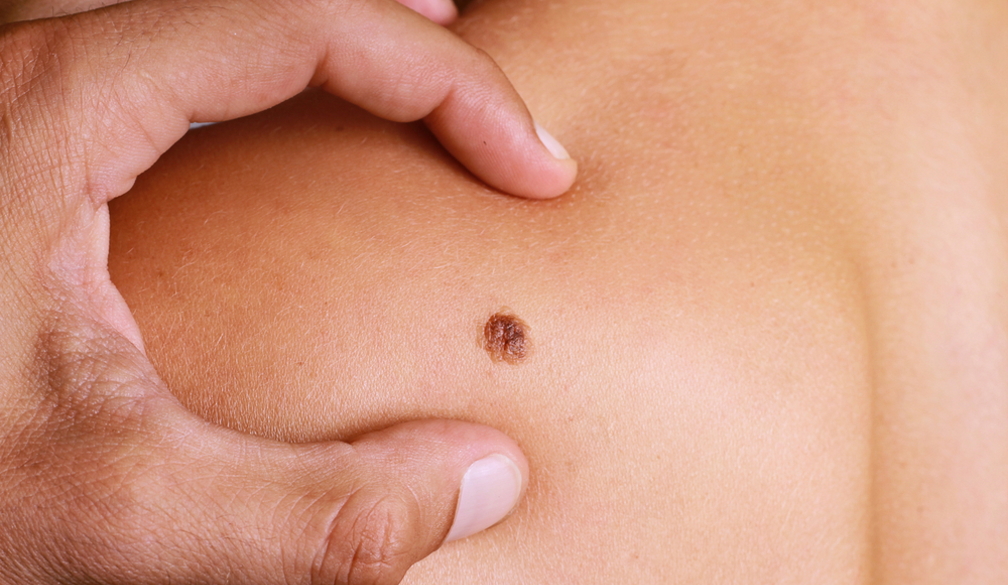Mole Mapping 101: Ultimate Introductory Guide

The majority of people have one or two moles on their skin; some people are born with them, while others get them as they are growing up. Moles are seen as a superficial skin issue that is harmless and unimportant, however, they can have deadly consequences, making a skin cancer mole check crucial for early detection.
How? A skin cancer specialist should be consulted if you have a mole and notice anything unusual about it, such as a change in colour. Melanoma is a type of cancer that is detected using moles. The information in this post will give you more information about mole mapping and how to do it. So, please be sure you read all the way through for further details.
Definition of Mole Mapping
Mole mapping is simply the use of high-resolution imaging tools by a skin cancer specialist to monitor changes in your normal skin health and look for any signs of malignancy. By evaluating the skin changes over time, mole mapping is performed on those who have a history of skin cancer or several moles. Mole mapping may not be the best use of your money, but if you have a mole, it can help you and your doctor immediately identify cancer indications and determine a course of treatment.
The story claims that only old moles can develop into melanoma, however in reality, both old and fresh moles can develop into the disease. The majority of melanomas developed from fresh moles as opposed to older ones.
Advantages Gained from Mole Mapping
Mole mapping offers patients a variety of advantages. One is saving a copy of the mole image to your flash drive for home self-examination, comparing the image of the mole with the image of your skin following the mole mapping test. You can distinguish between them fast and on your own. Mole mapping can be used by skin cancer specialists to perform a full annual skin examination. By referring to the recorded history of earlier examinations, they can spot changes in moles.
What Occurs in a Mole Mapping Appointment?
The first portion of a mole mapping consultation, which lasts 15 to 45 minutes, involves the skin cancer specialist looking over your family history for any indication of cancer. The second phase involves a thorough body inspection using a dermatoscope to look at the mole and the skin's outer layer. The dermatoscope is an imaging tool the doctor uses to capture images of the suspected mole from various perspectives.
Difference Between Mole Mapping and a Standard Skin Check
In a skin cancer clinic, a skin check is performed to determine the asymmetry, colour, border irregularity, diameter, and evaluation of your moles. While mole mapping takes longer and is more thorough in detecting skin abnormality and any change in body moles, it only takes approximately 10 minutes and requires you to remove your clothes and change into a medical exam gown.
Conclusion
People who have a mole or moles should not disregard the mole mapping exam. Why? Avoid putting yourself at risk for developing skin cancer or melanoma and dealing with it. Although the test could be expensive, it is better to invest the money and catch it early rather than to ignore it and put your life in danger because "prevention is better than cure." Mole mapping can be performed at clinics once a year, and using the image, several self-examinations can be performed all year long.





